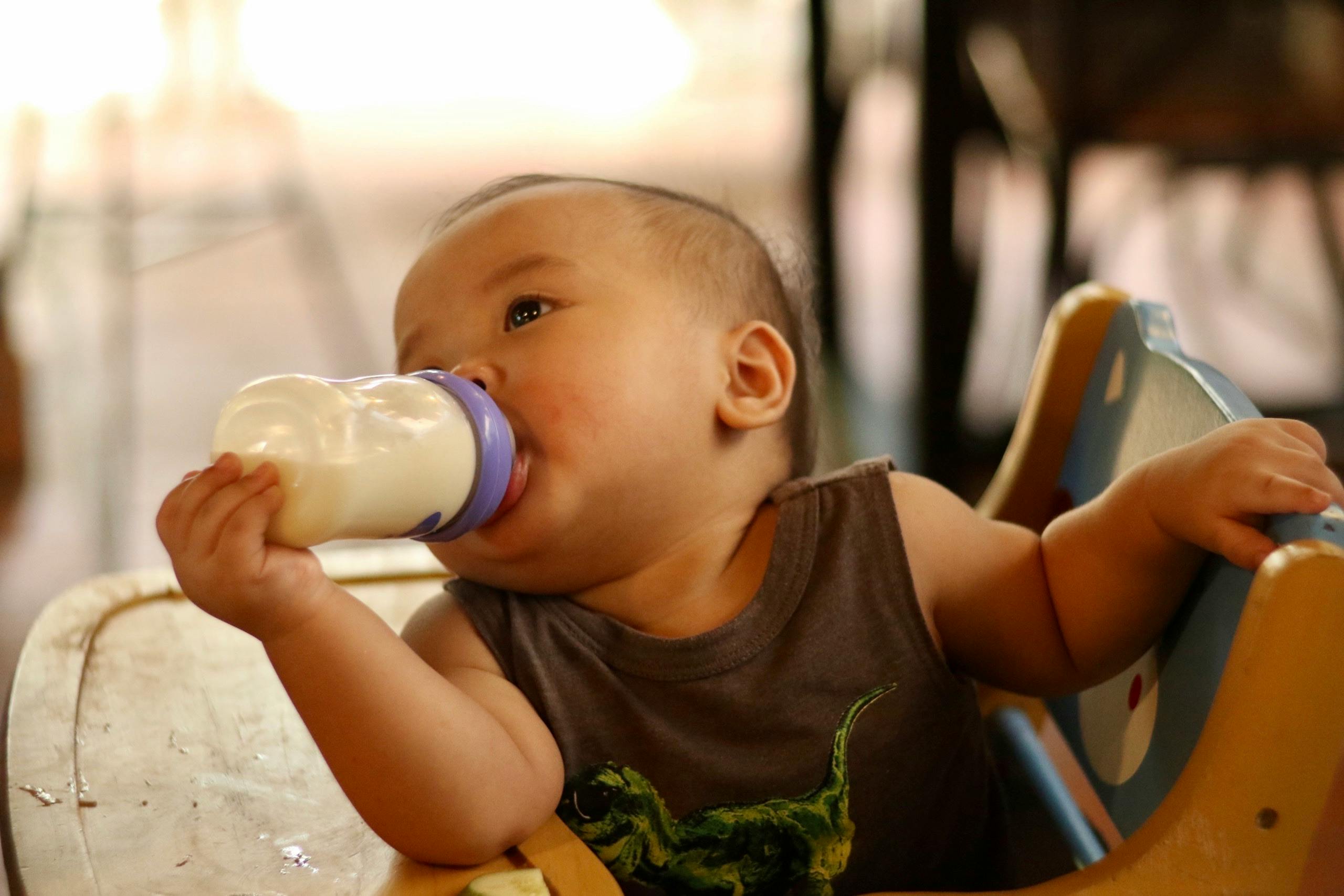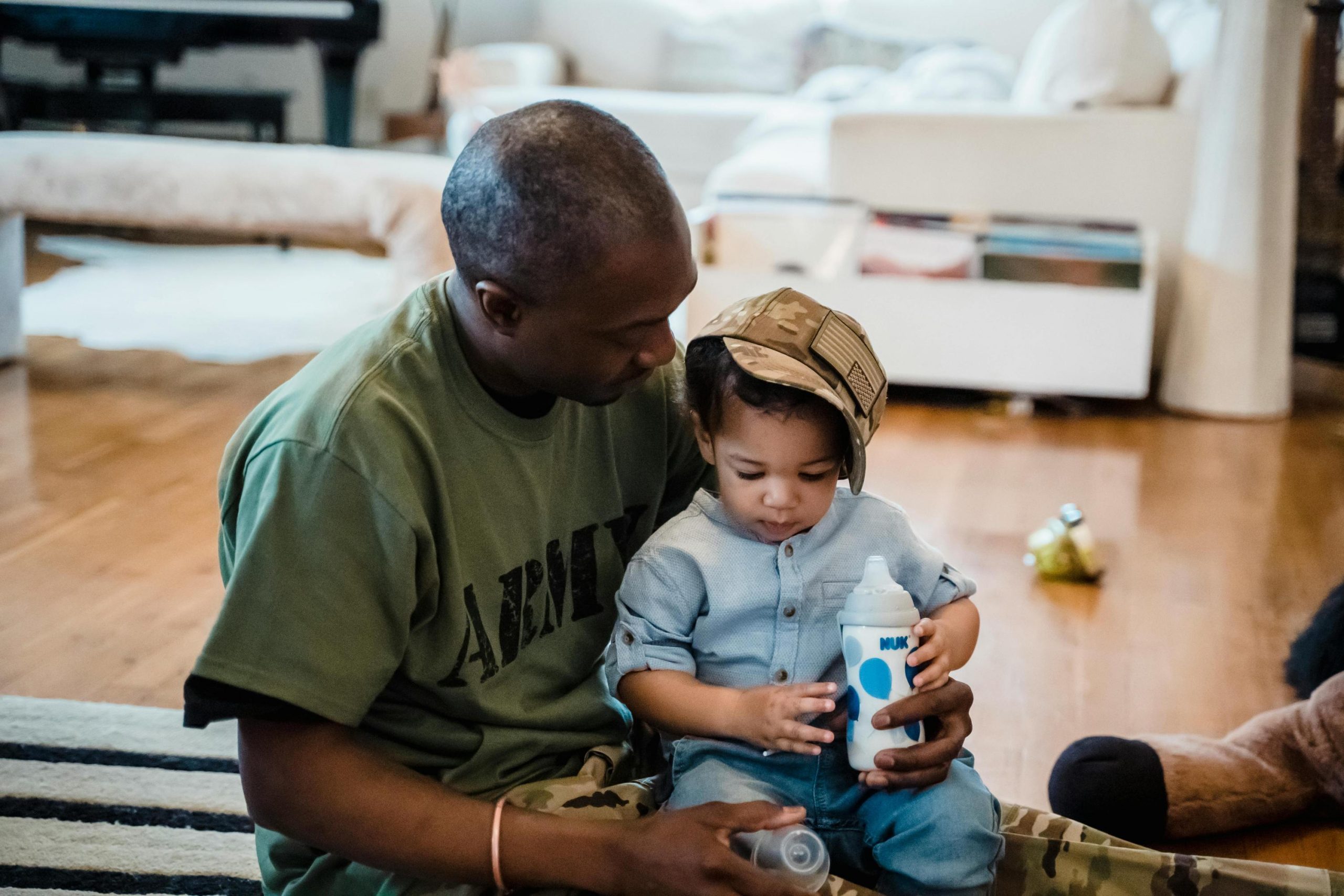
Breast milk is one of the most important and nourishing foods your baby will ever have. It contains antibodies, live cells, and vital nutrients that support your baby’s growth and protect their developing immune system. As a parent, it’s only natural to want to make feeding time easier—especially when you’re dealing with late-night wake-ups or a fussy baby. But there’s one shortcut you should never take: microwaving breast milk.
In this article, we’ll explain why you can’t microwave breast milk, what can happen if you do, and how to safely warm breast milk. We’ll also cover tips for serving cold milk and help answer a common question: can babies drink cold breast milk? Let’s dive in.
Why Microwaving Breast Milk Is Unsafe

1. Microwaves Heat Unevenly
One of the biggest dangers of using a microwave to warm breast milk is that it doesn’t heat evenly. Even if the bottle feels cool to the touch, the milk inside may contain hot spots—small areas that become much hotter than others. These hot spots can burn your baby’s mouth or throat, even if the outside of the bottle seems fine.
Babies have very delicate mouths, and even a small burn can cause serious pain or feeding problems.
2. It Damages Nutrients
Breast milk is packed with nutrients and protective elements, like:
- Antibodies
- Enzymes
- Immune-boosting proteins
- Hormones
Microwaving can destroy many of these sensitive nutrients because it heats the milk too quickly and at inconsistent temperatures. Studies have shown that microwaving breast milk can lower its nutritional value, reducing the benefits your baby would normally receive from it.
3. Loss of Immune Protection
One of the most important parts of breast milk is its ability to support your baby’s immune system. It contains live cells and antibodies that help protect against illnesses like colds, flu, and even ear infections. When breast milk is overheated—especially in a microwave—these beneficial properties break down.
Over time, this could mean your baby gets less protection from the milk they’re drinking, even though you’re still providing them with breast milk.
What Happens When You Microwave Breast Milk?
Let’s break it down step by step.
- The milk may become dangerously hot in spots.
- Nutrients and immune properties begin to break down.
- Fats and proteins can separate, affecting digestion.
- Bacteria may grow if milk is overheated or left sitting.
All of this means your baby could end up drinking milk that is not only less nutritious—but also potentially unsafe.
What Do Experts Say?
Many health organizations strongly warn against microwaving breast milk. Here’s what they recommend:
- The US Food and Drug Administration (FDA) warns that microwaving baby bottles can lead to uneven heating and scalding.
- The American Academy of Pediatrics (AAP) advises warming milk by placing it in a container of warm water instead.
- La Leche League International emphasizes protecting the live components in breast milk by avoiding high heat.
Simply put, there is a universal agreement among experts: don’t microwave breast milk.
Safe Alternatives to Microwaving Breast Milk
If you can’t microwave breast milk, how should you warm it? The good news is there are safe, easy methods you can use that protect the quality of the milk.
1. Warm Water Bath
- Fill a bowl or cup with warm (not boiling) water.
- Place the bottle or milk storage bag in the water for a few minutes.
- Swirl gently to mix.
- Test a few drops on your wrist—it should feel lukewarm, not hot.
This method is gentle and doesn’t overheat the milk.
2. Use a Bottle Warmer
- Many bottle warmers are designed to heat milk safely and evenly.
- Always follow the instructions on the warmer.
- Don’t leave the milk in too long, and test the temperature before feeding.
A bottle warmer is a convenient option for busy parents, especially during nighttime feedings.
3. Room Temperature Feeding
If your milk was just taken out of a cooler bag or freshly expressed, you can feed it at room temperature. Many babies are happy to drink milk this way.
Can Babies Drink Cold Breast Milk?

Yes! Can babies drink cold breast milk? Absolutely. Cold breast milk is safe for babies to drink as long as it’s been properly stored in the refrigerator or cooler and has not passed its expiration window.
Some babies might even prefer it, especially if they’re teething. The cool temperature can soothe their sore gums.
Benefits of Feeding Cold Breast Milk:
- Saves time: No need to heat the bottle.
- Easier for late-night feedings: Just grab from the fridge and go.
- Great for teething babies: Cold milk can ease gum pain.
- Ideal for travel: Milk stays fresh longer in a cooler.
If your baby refuses cold milk at first, try warming it slightly and gradually offering it cooler over time.
How to Store Breast Milk Properly
No matter how you serve breast milk, proper storage is key. Here are the basic guidelines:
In the Refrigerator:
- Store breast milk at 40°F or below.
- Use within 4 days of expression.
In the Freezer:
- Use a deep freezer for longer storage—up to 6 to 12 months.
- Regular freezer (attached to fridge): Use within 3 to 6 months.
In a Cooler Bag:
- Use frozen packs to keep the milk cold.
- Use milk within 24 hours.
Always label containers with the date the milk was pumped so you can use the oldest milk first.
How to Tell If Breast Milk Has Gone Bad
Always check breast milk before feeding. Here’s how:
- Smell: Sour or off smells usually mean the milk is spoiled.
- Look: Separation is normal, but strange clumps or discoloration may be a bad sign.
- Taste: Some parents do a small taste test—spoiled milk will taste sour or soapy.
When in doubt, throw it out. It’s better to be safe than sorry.
Frequently Asked Questions
Is it okay to warm breast milk more than once?
No. Once breast milk has been warmed, it should be used within 2 hours. Re-warming it can encourage bacteria to grow, which could make your baby sick.
Can I add fresh milk to already chilled milk?
Yes, but cool the fresh milk first. Don’t add warm milk directly to cold or frozen milk, as it can partially thaw or warm the stored milk and increase bacterial growth.
What’s the best way to test milk temperature?
Drip a few drops on the inside of your wrist. It should feel lukewarm—not hot or cold.
Final Thoughts
When it comes to feeding your baby, safety and nutrition are top priorities. While it may be tempting to use the microwave for quick warming, microwaving breast milk is never safe. It can cause dangerous hot spots, reduce nutritional value, and destroy the immune-boosting benefits your baby needs.
Instead, stick with safe methods like a warm water bath or bottle warmer. And remember, can babies drink cold breast milk? Yes—they can! As long as it’s properly stored, cold milk is a safe and convenient option that many babies accept without any problem.
Feeding your baby doesn’t have to be complicated—but it should always be safe. Choosing the right warming method is just one more way to give your baby the best start in life.
